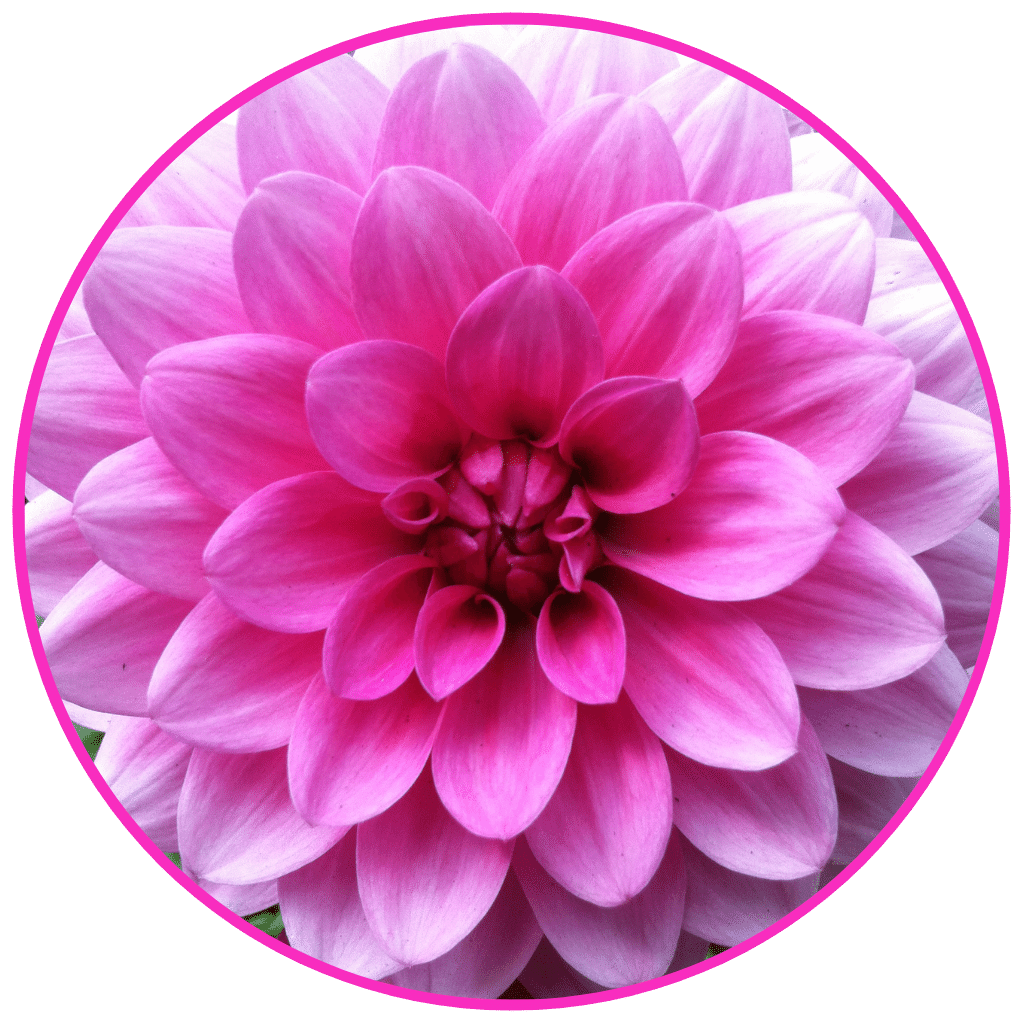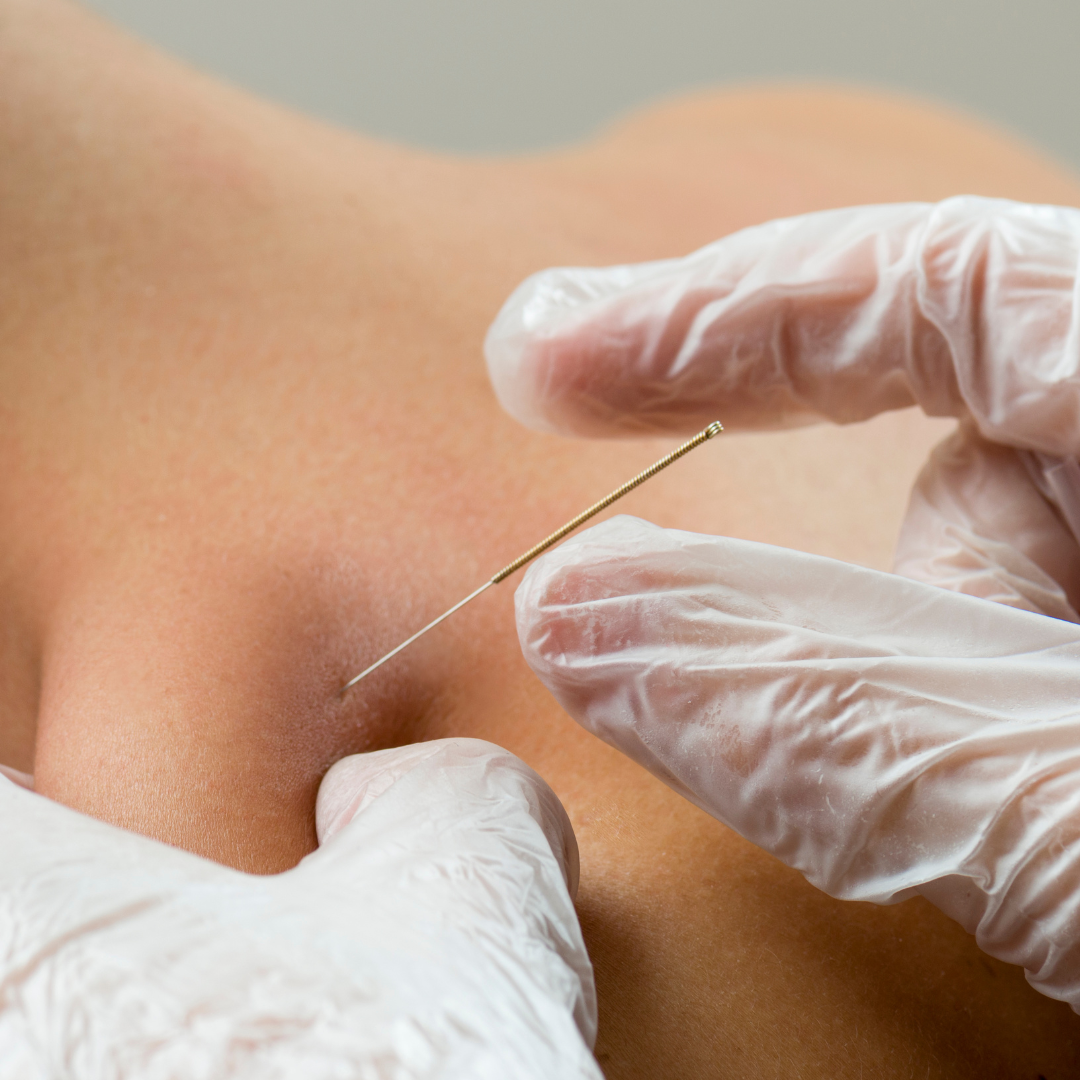What is the Difference Between Dry Needling and Acupuncture?
Have you ever wondered what the difference is between dry needling and acupuncture?
Dry needling is a relatively newer treatment modality being used by Physical Therapists to treat pain, but the idea behind it dates pretty far back!
Below I am going to outline the main differences and similarities between dry needling and acupuncture and how dry needling has evolved over time to be the choice treatment for many Physical Therapists.
What is acupuncture?
First of all, let’s chat about acupuncture. Acupuncture is an ancient practice in Eastern Chinese medicine and dates back more than 3000 years. It is widely recognized as a go-to treatment for various ailments, illnesses and pain conditions.
Acupuncture was developed based on the concept of Qi (chee), which is the flow of energy throughout the body. Acupuncture is based on traditional Chinese medical principles and adopts the Meridian theory, which is adopted as a fact. The laws of Chinese medicine are human-formed concepts however, and they do not coincide directly with modern medical principles.
Meridians and acupoints are specific areas and passageways throughout which energy flows within the body, and they correspond to specific anatomical areas and organ systems.
For example, an acupuncturist may use needles in a specific point in the body to try to regulate digestion and treat abdominal pain.
Acupuncture education is about 3 years and licensing requirements vary state to state.
What is Dry Needling?
In contrast, dry needling is fundamentally based on modern medical principles.
Dry needling involves the insertion of a monofilament needle into the body at very specific locations in order to promote blood flow and healing as well as reduce tissue tension.
Pain often comes from chronic inflammation in the body. This bad type of inflammation can result in a lack of appropriate blood flow to the tissues in our body, like muscles, in and around nerves, and joints. This feels like tension and tightness in the body.
While I do believe stretching, exercise and massage are all great options for pain relief, dry needling is without a doubt the quickest and most effective at immediately improving the quality of the pain producing tissues.
Within a day or two the small lesions induced by the needles will start to heal and fresh new blood flow will restore healthy tissues with the nutrients they need.
Dry needling also has some pretty incredible central effects on the nervous system. Dry needling in certain areas can actually communicated to the brain to stop sending pain signals to the area and can “calm down” the nervous system.
This translates to muscles and nerves becoming less irritated and thus producing less pain sensations in the body.
So how are dry needling and acupuncture similar?
They both use the same type of needles for the treatment. Needles used in dry needling and acupuncture are called monofilament needles. This means there is nothing going into the body like an injection of steroids for example.
Dry needling and acupuncture are both effective in that they can deliver healing properties with the delivery of needles to the body, however they are very different in their approach and theory.
We have since falsified the meridian theory, therefore the modern medical basis of dry needling deems it more appropriate for treating musculoskeletal pain and considers a holistic approach to healing and recovery from injuries.
Want to learn more? Check out my recent blog articles about the different types of dry needling and why dry needling works to relieve pain!
If you think you want to experience the incredible benefits of dry needling, schedule a complimentary screen with one of our qualified Physical Therapists to learn how dry needling and Physical Therapy can help you!

